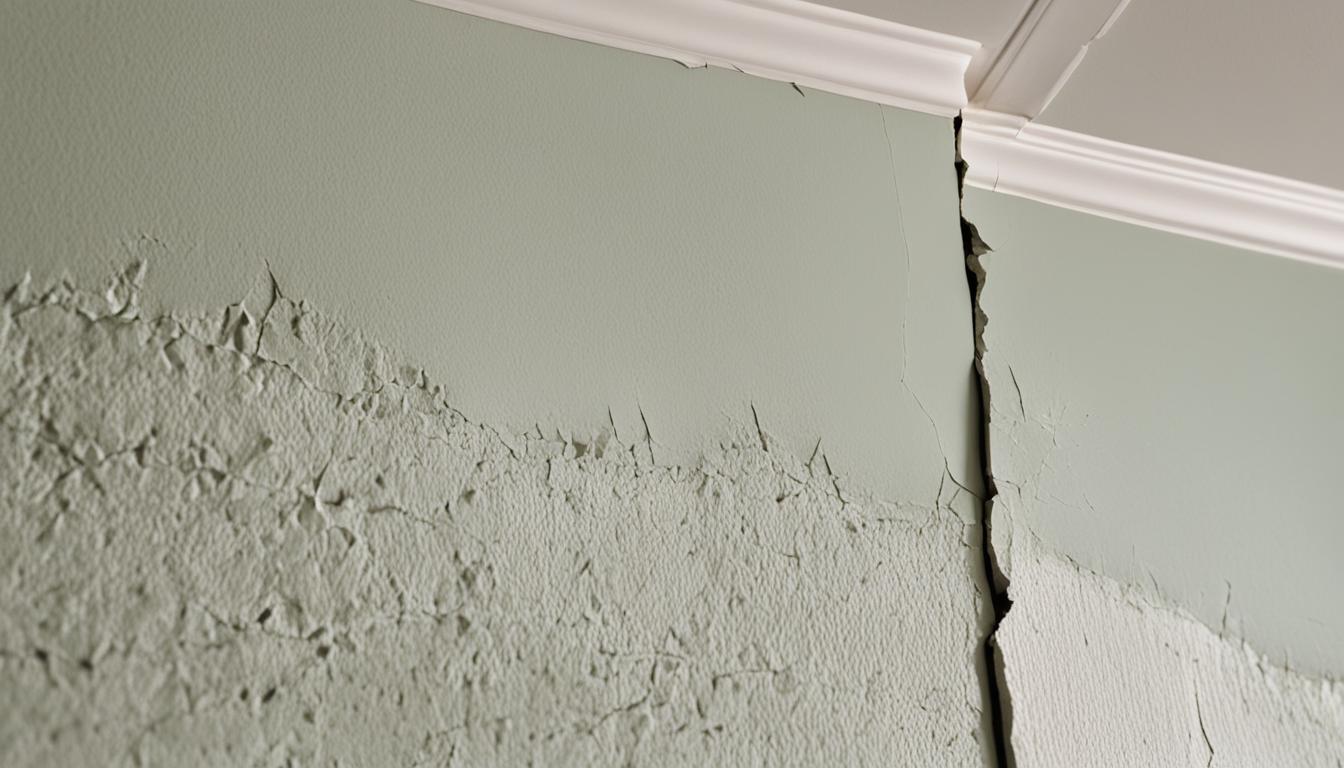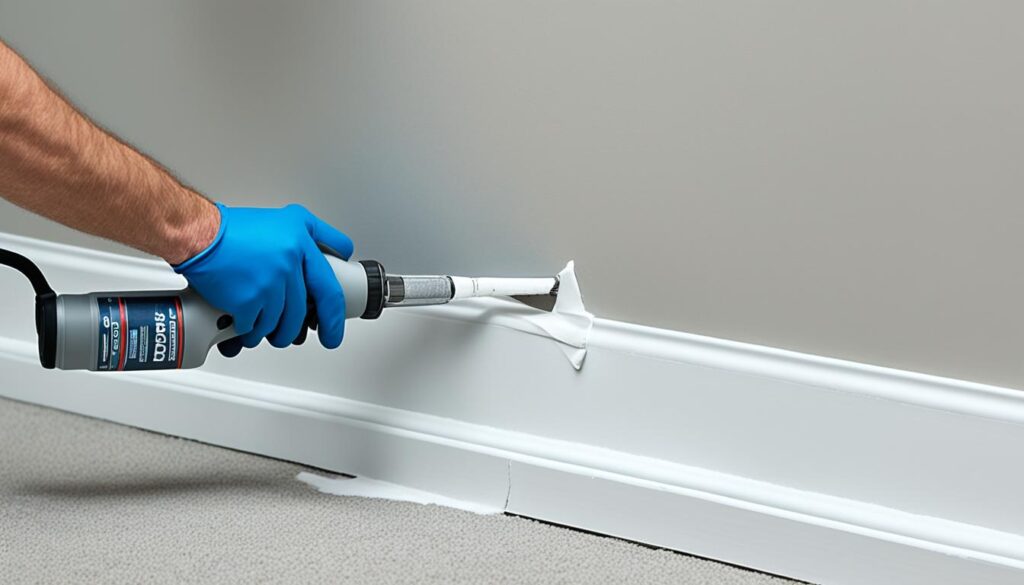
Causes of Molding Cracks: Home Maintenance Insights
In this section, we will delve into the reasons behind molding cracks in your home and why they occur. Understanding the causes of molding cracking is essential for effective home maintenance and ensuring the longevity of your molding. Let’s explore these common causes and gain valuable insights on how to address them.
Key Takeaways
- Molding cracks can be caused by various factors including temperature changes, humidity, poor installation, and foundation settling.
- Moisture is a significant contributor to molding cracks; ensure proper ventilation and address any water leaks promptly.
- Inadequate support or improper fastening during installation can lead to stress on the molding, resulting in cracks.
- Foundation settling and structural movement can cause stress on the molding, leading to cracks over time.
- Regular inspection, maintenance, and prompt repairs can help prevent and address molding cracks effectively.
Preventing and Repairing Molding Cracks
Molding cracks can be unsightly and compromise the aesthetic appeal of your home. Fortunately, there are preventive measures you can take to avoid molding cracks and effective techniques for repairing cracked molding. By addressing these issues promptly, you can maintain the integrity of your home’s molding and enhance its longevity.
Preventing Molding Cracks
Prevention is key when it comes to molding cracks. Here are some practical tips to help you prevent molding cracks from occurring:
- Ensure proper installation: Improper installation is a common cause of molding cracks. Make sure that the molding is installed correctly by a professional.
- Maintain consistent humidity levels: Fluctuations in humidity can cause the molding to expand and contract, leading to cracks. Use a dehumidifier or humidifier to maintain consistent humidity levels in your home.
- Avoid excessive heat exposure: Heat can cause the molding to dry out and crack. Keep your home at a moderate temperature and avoid placing heat sources directly near the molding.
- Inspect regularly: Regularly inspect your molding for any signs of damage or cracks. Catching and addressing minor issues early on can prevent them from escalating into major problems.
Repairing Cracked Molding
If you discover cracks in your molding, don’t panic. Here are some steps you can take to repair cracked molding:
- Clean the crack: Use a vacuum or a damp cloth to remove any dust or debris from the crack.
- Fill the crack: Apply a wood filler or caulk that matches the color of your molding to fill the crack. Smooth out the filler using a putty knife and let it dry according to the manufacturer’s instructions.
- Sand and repaint: Once the filler is dry, sand it down to create a smooth surface. Then, apply a fresh coat of paint or stain to match your existing molding.
It’s important to note that these steps are meant for minor cracks. If you’re dealing with extensive or structural damage, it’s best to consult a professional for repair.
Common Reasons for Molding Cracks
Understanding the common reasons behind molding cracks can help you address the root cause and prevent future issues. Some common reasons for molding cracks include:
- Temperature and humidity changes: Fluctuations in temperature and humidity can cause the molding to expand and contract, leading to cracks.
- Settling of the house: As a house settles, it can cause stress on the walls and molding, resulting in cracks.
- Poor installation: Improper installation can lead to weakened or unstable molding, making it more prone to cracks.
By addressing these underlying issues and following preventive measures, you can minimize the risk of molding cracks in your home.

| Common Reasons for Molding Cracks | Preventive Measures |
|---|---|
| Temperature and humidity changes | Maintain consistent humidity levels |
| Settling of the house | Ensure proper installation |
| Poor installation | Inspect regularly |
Conclusion
After exploring the main causes of molding cracks and discussing preventive and repair measures, it is evident that addressing this issue is essential for maintaining the integrity of your home’s molding. By understanding the common reasons behind molding cracks, you can take proactive steps to prevent them from occurring in the first place.
When it comes to fixing cracked trim, it is important to identify the root cause of the problem. By troubleshooting molding cracks, you can determine if the issue is due to poor installation, moisture damage, or structural movement. Once the cause is identified, you can choose the best solution for your specific situation.
When it comes to repairing molding cracks, various options are available, depending on the extent of the damage. For minor cracks, using wood putty or caulk can effectively fill in the gaps. However, for more severe cracks or extensive damage, it may be necessary to replace the entire piece of molding.
To prevent future molding cracks, regular maintenance is crucial. Ensure that the installation is done correctly, with proper spacing and allowance for expansion. Regularly inspect the molding for any signs of damage or cracks and address them promptly. Additionally, controlling indoor humidity levels can help prevent moisture-related issues that may lead to molding cracks.
In conclusion, by understanding the causes of molding cracks, taking preventive measures, and promptly addressing any damage, you can maintain the beauty and functionality of your home’s molding. By following these best practices, you can ensure that your molding remains in pristine condition for years to come.




